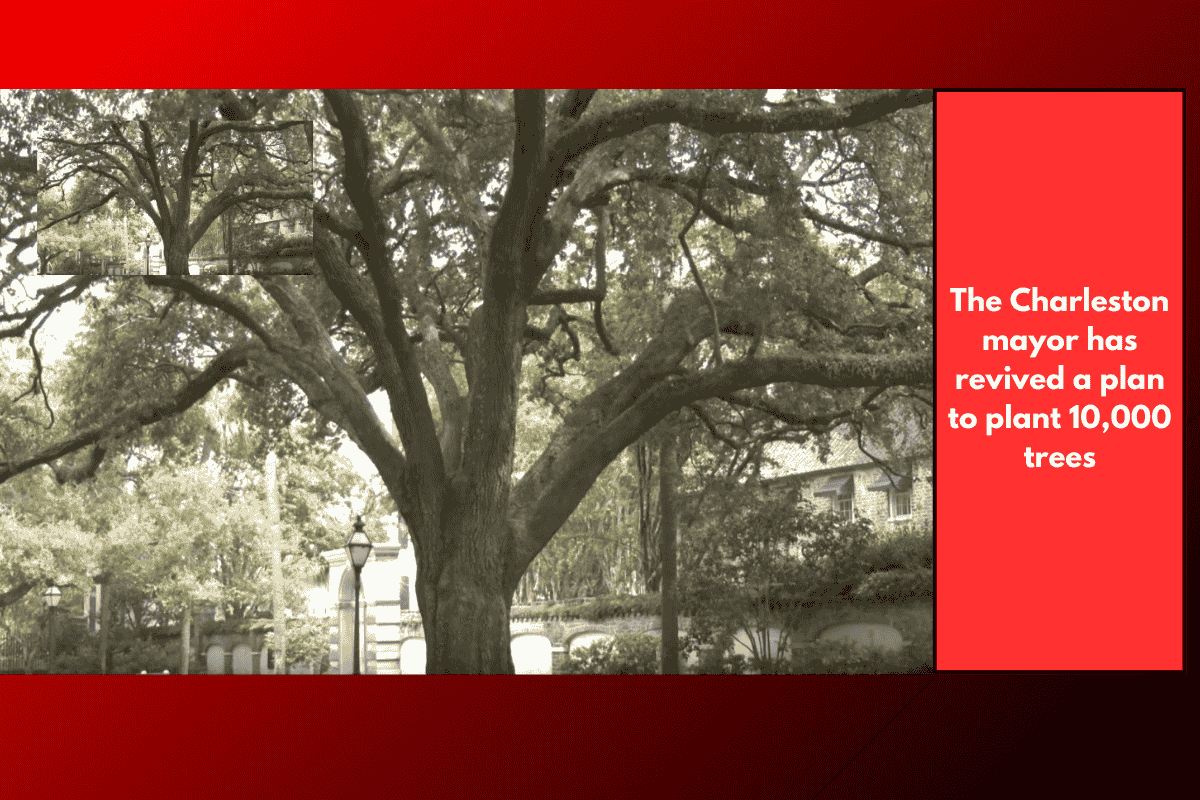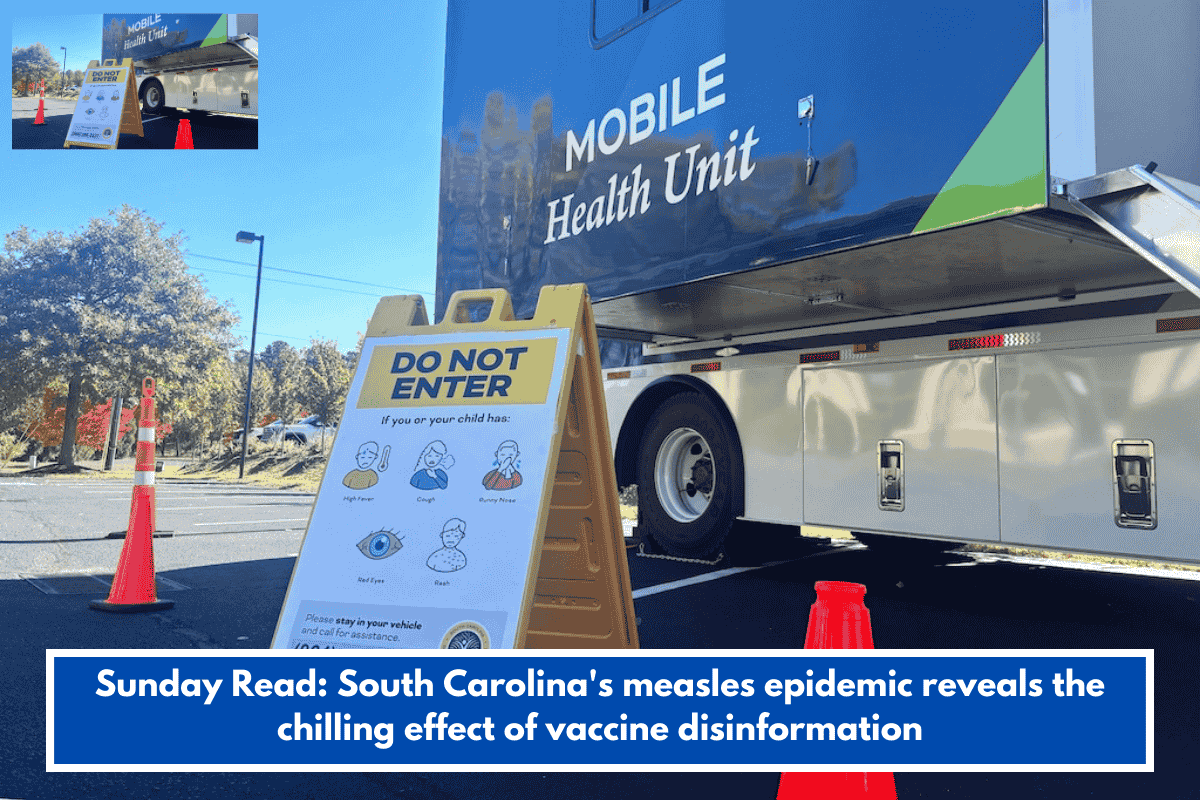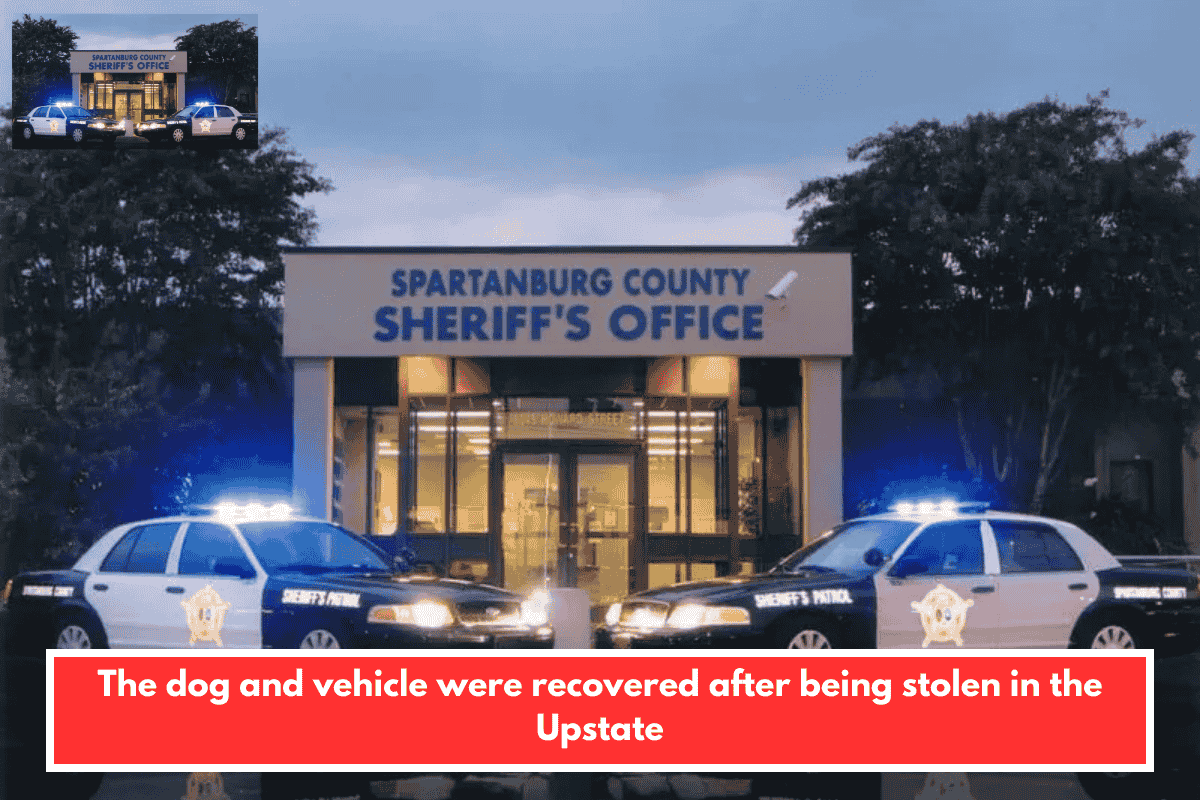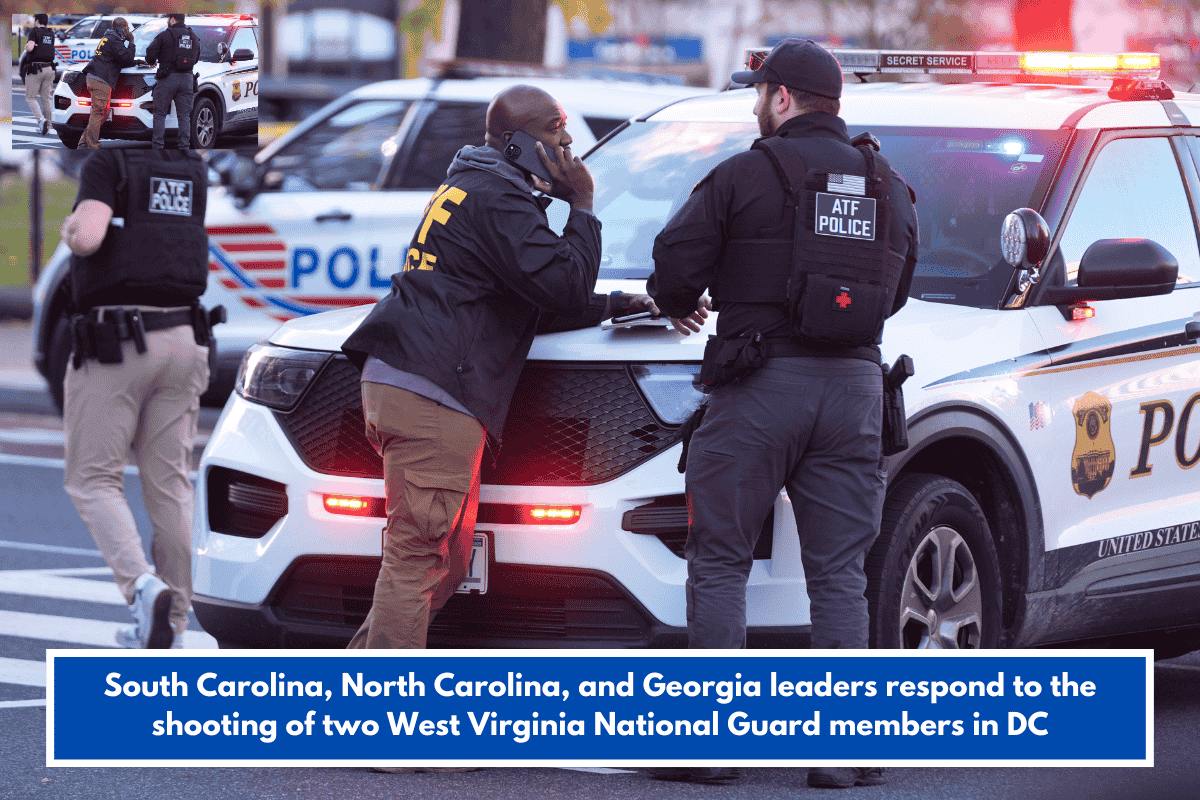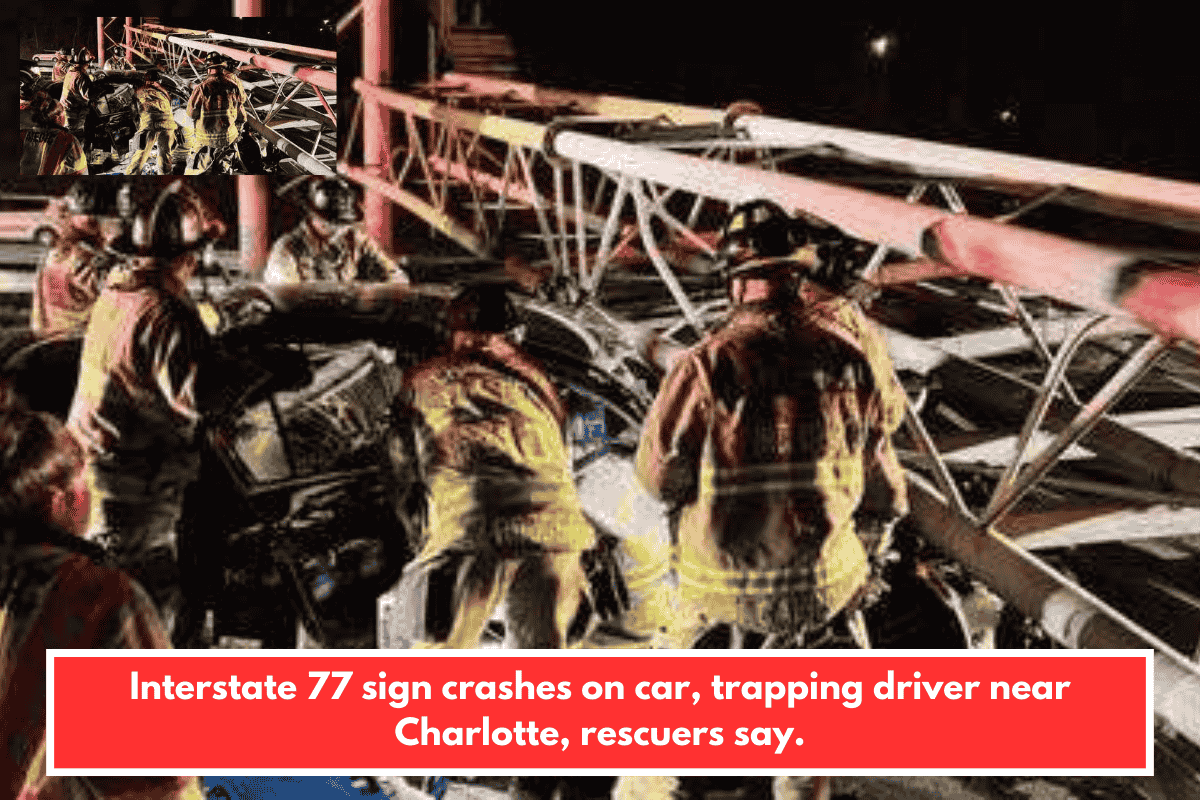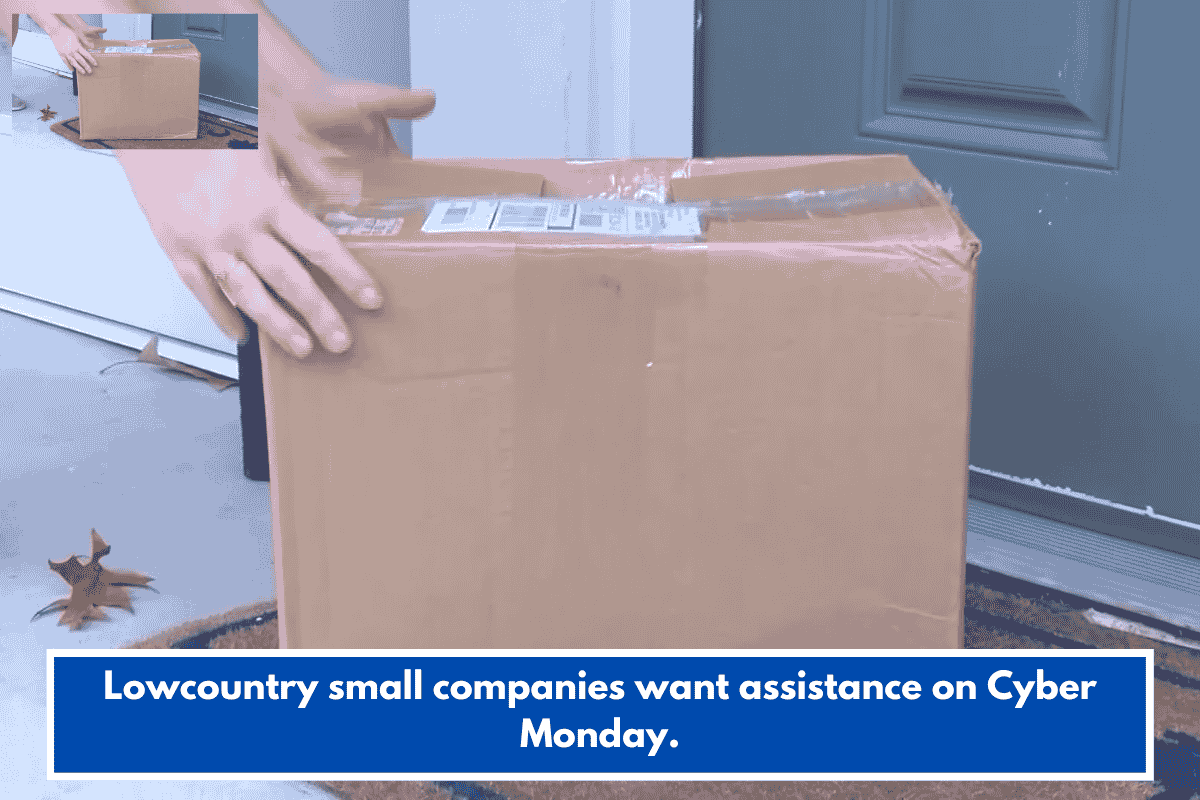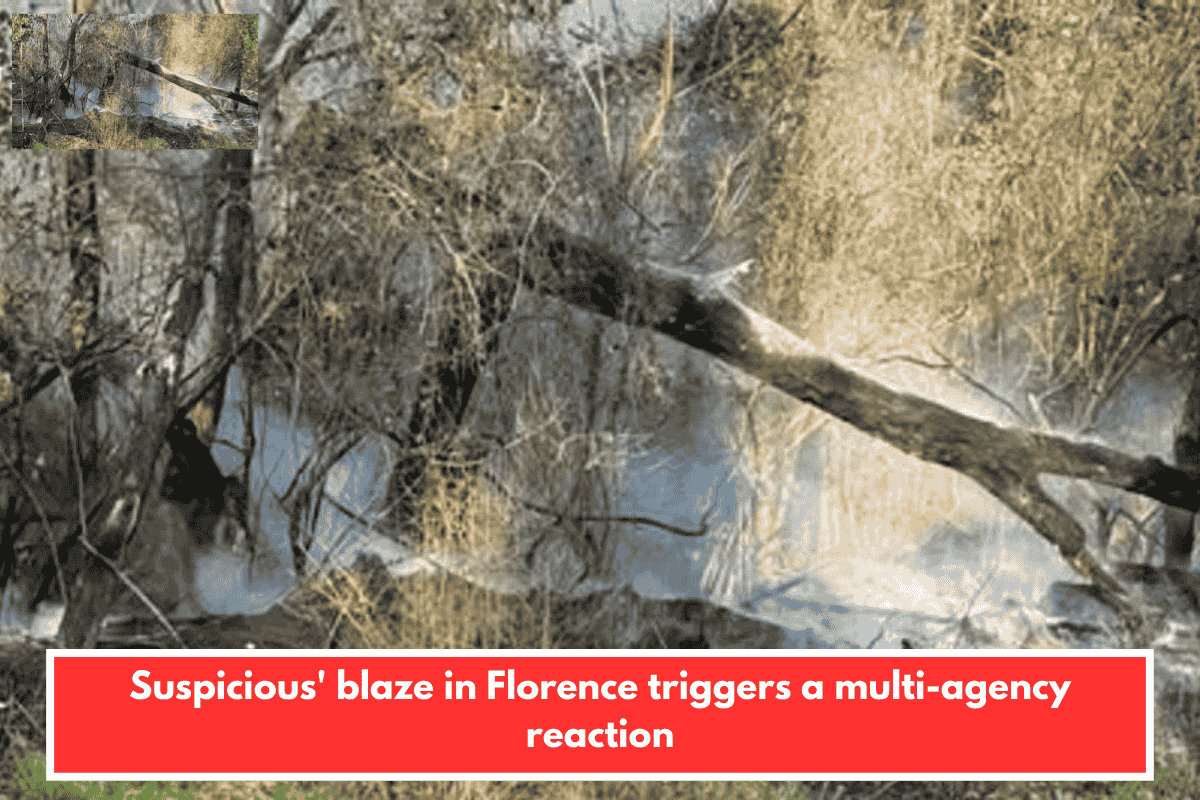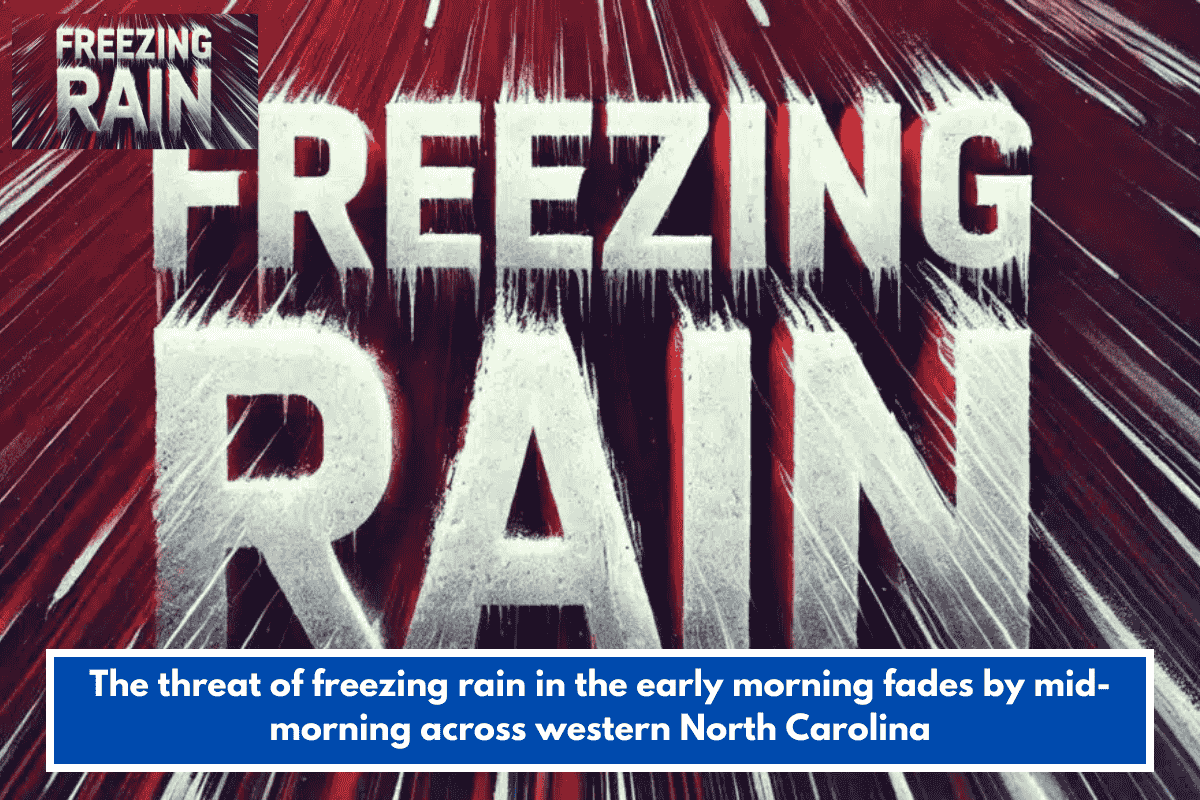Charleston Mayor William Cogswell is bringing back a decade-old plan to plant 10,000 trees across the city, with a renewed focus on shade, sustainability, and community involvement. Originally proposed in 2012 by former Mayor Joe Riley, the plan is now being refreshed to match Charleston’s current environmental and urban needs.
A Plan Rooted in the Past
The 10,000-tree initiative was first introduced during Mayor Joe Riley’s 2012 State of the City address. His vision was to plant thousands of trees in neighborhoods and along busy streets to improve beautification and expand the city’s tree canopy. While some trees were planted, the city never fully reached the original goal.
Now, Mayor Cogswell is giving the plan new life, saying it’s time to take it further and make it more impactful.
Focus on Shade and Longevity
At a recent board meeting, Cogswell stressed the importance of planting long-term, permanent shade trees that will benefit future generations.
“The goal here is to plant trees that will still be standing 100 years from now,” he said. He used live oaks as the ideal example—large, long-living trees that provide plenty of shade and are well-suited to Charleston’s climate.
“When I think of the 10,000 trees, what I picture is a live oak, not a palmetto,” Cogswell added.
Cooling the City and Building Community
Cogswell believes that the program can do more than just beautify the city. Shade trees can reduce heat in neighborhoods, especially in areas with a lot of concrete and little natural coverage. They can also improve air quality, support wildlife, and create more inviting public spaces.
But for Cogswell, the tree program is also about community connection. He hopes to involve:
Local businesses through sponsorship opportunities
Neighborhood associations that can help identify where trees are needed
Schools, which could take part in planting events and use the project as an educational experience
Where Will the Trees Go?
According to city staff, some neighborhoods already have tree surveys that map existing trees and identify areas that could benefit from new ones. These surveys will guide where new trees should be planted, ensuring the program is effective and well-planned.
By working from these existing surveys, the city can target areas most in need of shade and greenery, particularly underserved or overly developed parts of Charleston.
Mayor William Cogswell’s push to reintroduce the 10,000-tree initiative shows a strong commitment to environmental health, climate resilience, and community wellbeing. With a sharper focus on shade and long-term impact, the program aims to leave a lasting legacy in Charleston—one that future generations will benefit from for decades to come.

